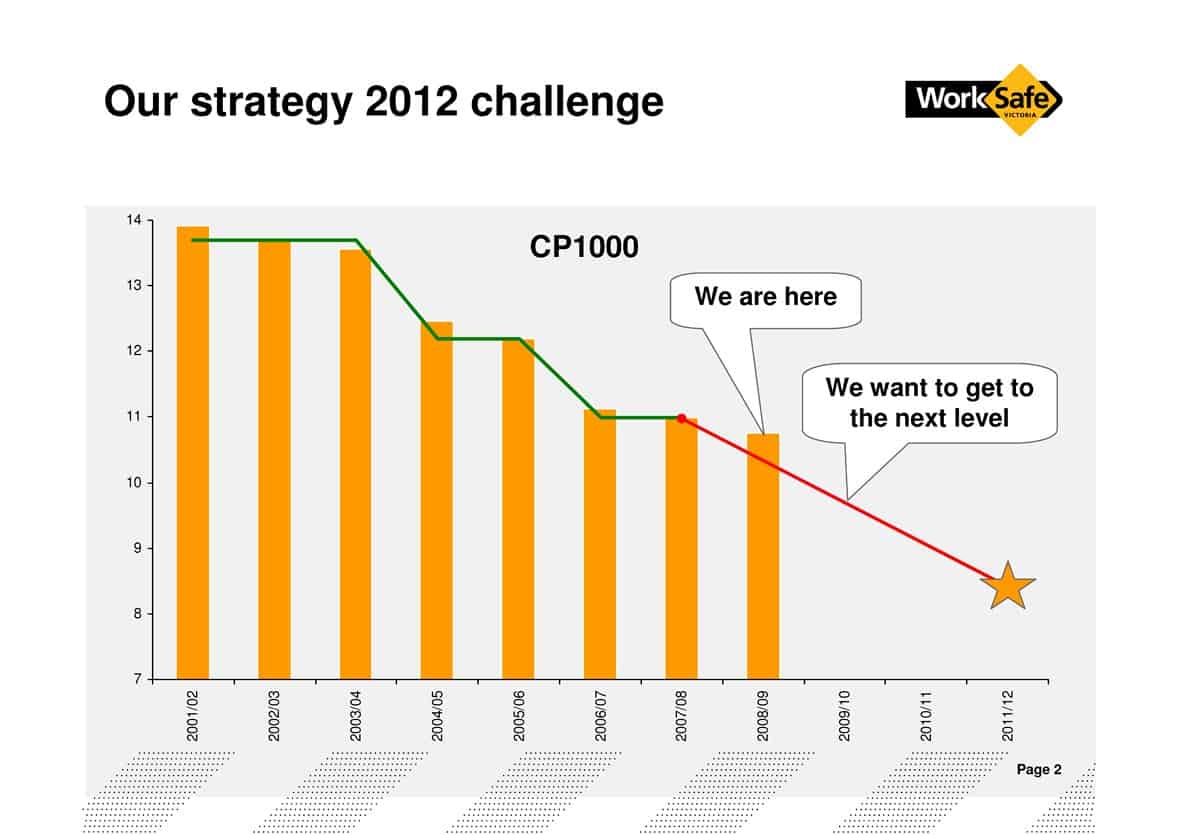 The last week of October each year is Safe Work Australia Week. This theme is enacted in each State with their own resources and events. WorkSafe Victoria is one of the more active of the state regulators and 2009 seems no different.
The last week of October each year is Safe Work Australia Week. This theme is enacted in each State with their own resources and events. WorkSafe Victoria is one of the more active of the state regulators and 2009 seems no different.
On 13 September 2009, WorkSafe Victoria will launch a new campaign of graphic advertisements but what makes these different is the injuries result from “simple” work activities. They are not in high-risk industries where workers may perform high-risk tasks. These ads concern the (mis)use of an office chair, lifting a bag from a pallet, not using the stairs, slipping on a wet floor and lifting a person.
 There has always been the challenge of how to generate interest in manual handling injuries as they are internal or invisible, and cumulative. WorkSafe has done well by illustrating the physical consequences of what many dismiss as “taking a fall”. In fact, the images that are less confronting than the noise of the bones breaking or the hernia appearing.
There has always been the challenge of how to generate interest in manual handling injuries as they are internal or invisible, and cumulative. WorkSafe has done well by illustrating the physical consequences of what many dismiss as “taking a fall”. In fact, the images that are less confronting than the noise of the bones breaking or the hernia appearing.
WorkSafe’s Executive Director, John Merritt, describes the campaign this way
“There’s no ‘blood on the floor’ or spectacular images on the nightly TV news or in the morning paper, yet the consequences of these injuries are enormous for individuals, their loved ones and their employers.
“For business, the average cost of treating these people through Victoria’s workers compensation system averages $45,000 per claim.
“Individuals lose quality of life and many, the capacity to work for at least a short period, some require surgery or have permanent pain and never fully recover.
“For employers productivity is cut, there may be staff replacement costs, retraining and safety improvements to be made after the event. Industries lose people permanently.
“Identifying and preventing these issues has benefits for all.”
Merritt also provides the statistic that 60% of all reported workplace injuries* – more than 17,000 a year in Victoria – involve manual handling.
The new campaign is graphic but it is hard to see how the total costs – social, personal and business – could have been described better. Having a worker clutch their lower back and grimace with pain has been seen in campaigns and images repeatedly for decades and a new approach was needed. Making the invisible visible should help.
* Based on Victorian Workers compensation claims where people are off work 10 days or more and / or medical treatment costs in excess of $520.




